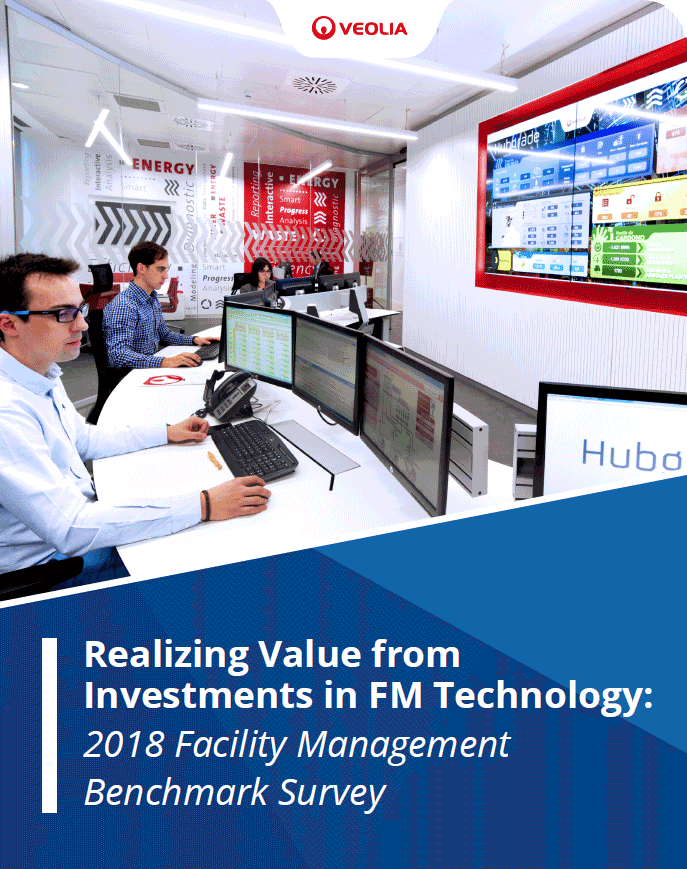If there is one thing we know from working in smart buildings, it is how rapidly technology advances. Consequently, the building management space can be difficult to predict; however, there are developing trends that will continue to grow over time within the industry.
The future of building and facility management is strongly moving in the direction of integrating more and more AI (artificial intelligence) into operations. With the constant directive to deliver greater levels of performance, it is crucial to stay ahead of the technology to continue delivering cost-effective, efficient, and high performing operations. Below are forward looking trends that could potentially unlock increased performance in building management.
From Smart Home to Smart Office
AI is already prevalent in modern households with smart home products like Nest, Alexa, and app-connected household appliances like vacuums; it's only a matter of time before residents will expect the same experience in their workplace. The “internet of things” technologies that power the smart office offer a variety of potential benefits for facility managers. As a result, technology implementations will challenge the industry to acquire new skills and expertise in areas such as cybersecurity. Successful organizations are meeting this challenge by increasing collaboration between operations and IT teams so that both groups understand each other's needs and capabilities.
Building on this trend, we are already seeing applications of voice control interfaces for energy managers, property managers, and tenants along the lines of Google Home and Alexa. Rather than relying on a visual dashboard, soon a property manager could ask Alexa to list off the leases coming up for renewal next year, or a maintenance technician could order replacement parts without interrupting hands-on work.
The introduction of intelligent assistants and augmented reality displays will change the nature of many facility operations tasks, from reducing time spent on rounds and readings and record-keeping, to fully automating control of building energy systems to help balance local grid demand. Operations teams may take varied approaches to these challenges, such as by adding new skills, executing certain tasks remotely vs. on site, and engaging different kinds of service provider partners to fill capability gaps. Ultimately humans will still make critical business decisions, armed with the intelligence to do so more quickly and effectively.
Predictions with Neural Nets
On the operations side, there is an opportunity regarding neural network architectures — computer algorithms that mimic the biological function of humans and animals to process information — to predict the severity of issues from a combination of text and photographs entered on work orders. They could also be used to analyze images from cameras that are pointed at critical or key monitored variables and/or photos of equipment over time to begin to predict when maintenance should be done.
While this technology is not utilized yet, there is tremendous potential for AI to play in analytics, using numerical and discrete data, coupled with macro data such as photographs and text to help build AI based neural networks rather than the 'traditional' machine learning modeling currently used within the field of data science.
Keeping the Networks Secure
In order to cater to high-profile tenants within their buildings, property/building managers are starting to look for ways to leverage AI as a means of increasing occupant engagement and optimizing the occupant experience. These efforts require thoughtful integration of new, IT-based solutions with existing operational technology infrastructure.
While the future of integrating more innovative technologies into more aspects of our lives is exciting, there will always be challenges that must be addressed. With the increase of interconnected technologies, cybersecurity considerations — historically not the province of facility operations teams — are brought to the forefront. In fact, in Veolia’s most recent Facilities Management Benchmark survey, 92 percent of respondents rated cybersecurity as a top factor shaping facilities management strategy over the next two years.
The growing demand for network and application security coupled with the demand from tenants to have control of the condition of their space has led to a greater consensus on the value of unifying building systems on one network. A common, unified network facilitates data sharing and flexibility; only through collaboration between IT and operations teams will organizations be able to deploy solutions that both work for users and meet cybersecurity requirements.
With so many options to integrate additional technology into the facility management practice, there are just as many ways in which it can be ineffective. To learn more about the challenges facility departments face in realizing the most value from their investments in technology download the Realizing Value from Investments in FM Technology: 2018 Facility Management Benchmark Survey.



